Date: 27 November 2015
Material of this type is now widely used in the manufacture of products as diverse as saucepans and structural glazing.
One classic example of its use in the home is to provide a protective shield with which to enclose a gas, coal or wood-burning fire. Such structures require a material that exhibits very low thermal expansion and which is therefore able to withstand both high temperatures, frequently more than 750ºC, as well as marked temperature shifts. Naturally, it must also allow the passage of thermal radiation, in order to provide efficient heating. These screens are also an important safety feature designed to protect furnishings and occupants from the hazards of flying sparks.
Further examples of the use of fire resistant glass are to be found elsewhere around the home. For example, it is used to manufacture the transparent panels in oven doors and the, easy-clean, smooth hob surfaces now supplied with many modern electric cookers. To create a product with both high thermal strength, as well as good transparency, the manufacturer must subject the base material to a process known as controlled crystallisation.
The result is a product that combines the transparency of glass with the thermal resistance of a ceramic, which is easily machined to create interesting and attractive shapes that make it possible to create unique, personalised designs. One such product available in South Africa is Schott Robax®, the material used in more than 70 million fireplace panels worldwide.
In addition to the above uses, fire resistant glass in other formulations has other important applications. In many commercial structures, such as hotels, conference venues, places of entertainment and showrooms, it is often used in combination with steel or aluminium to provide a bold architectural statement. Because these are all locations in which people tend to gather in large numbers, safety is always a prime concern. In such instances, the use of thermally tempered borosilicate window panes provides a vitally important barrier that is designed to resist the progress of fire.
Once more, Schott provides the solution with Pyran® S, a high transparency, anti-reflective and fire resistant glass. It provides a physical barrier that protects those present from flames, smoke and hot gasses as, in contrast to the Robax® product, it limits heat transmission to provide thermal isolation. In this way, it offers occupants some valuable extra time in which to escape from a blaze.
An alternative Schott product, known as Pyranova® employs a triple laminated structure in which the central layer is made from a thermally resistant substance that has the ability to expand when heated sufficiently, as in the case of an outbreak of fire. It offers the advantage of providing a bi-directional barrier, thus allowing pedestrians to make their exit via either side as may be required. In practice, this property makes it the ideal fire resistant glass product with which to protect the designated escape routes in a busy building.
In South Africa, further information about these products and similar materials designed for architectural and other purposes may be obtained from our Midrand offices of Labotec Industrial Technologies.


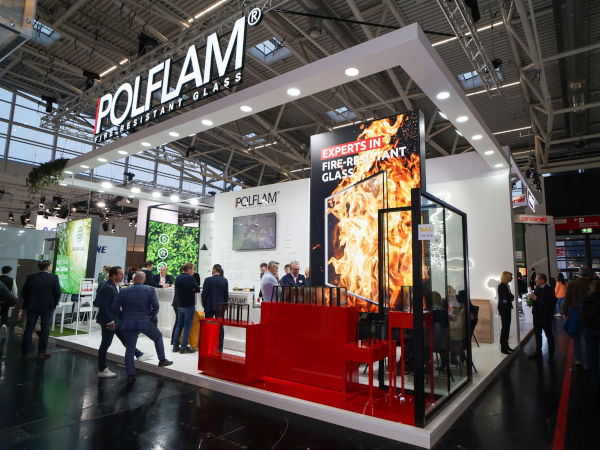



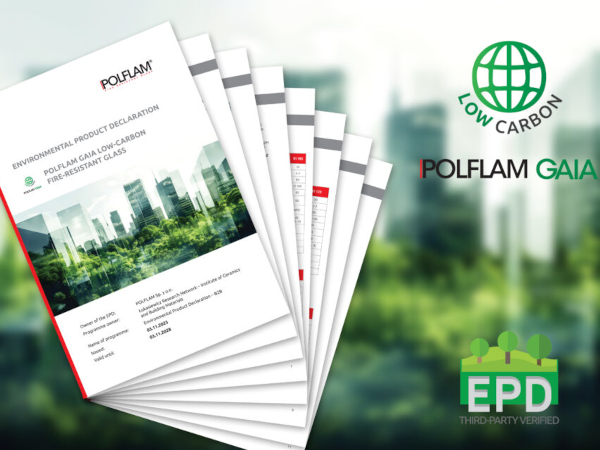


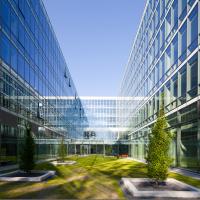
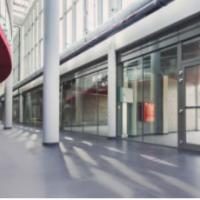
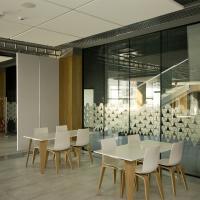
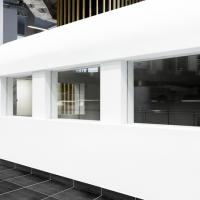

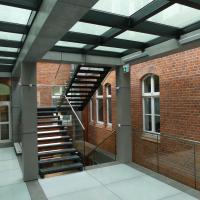
Add new comment